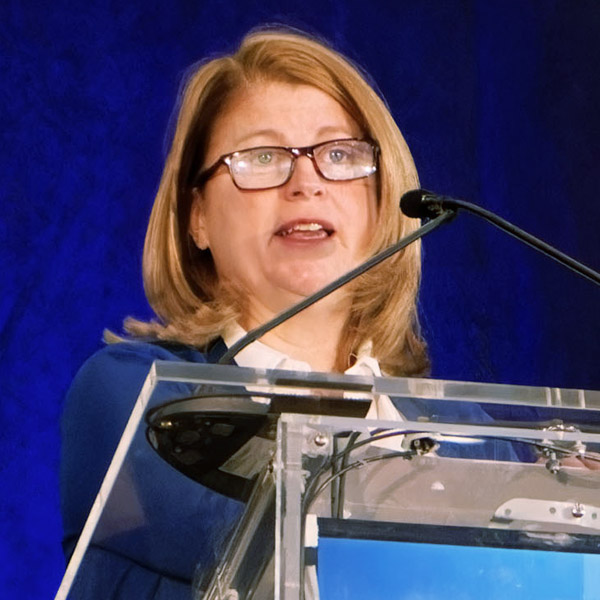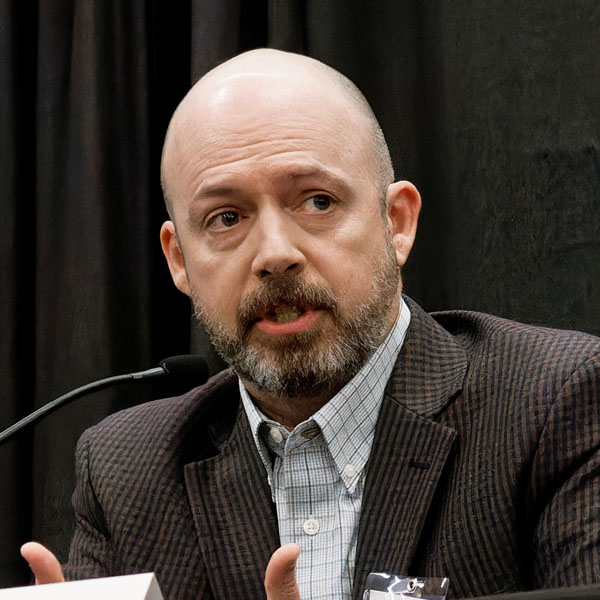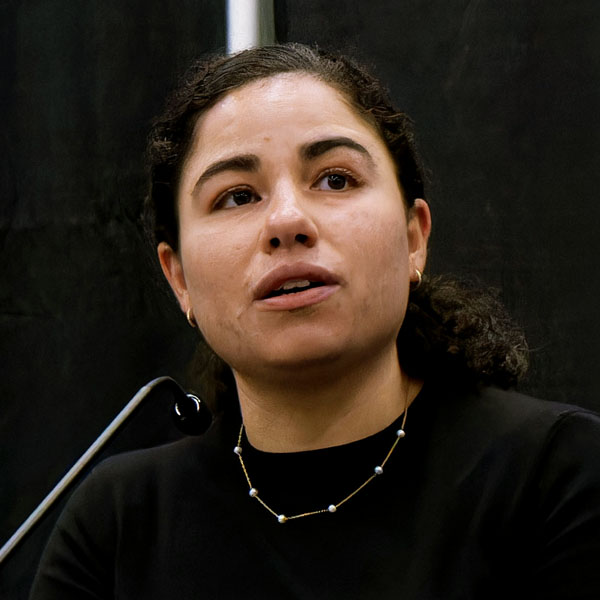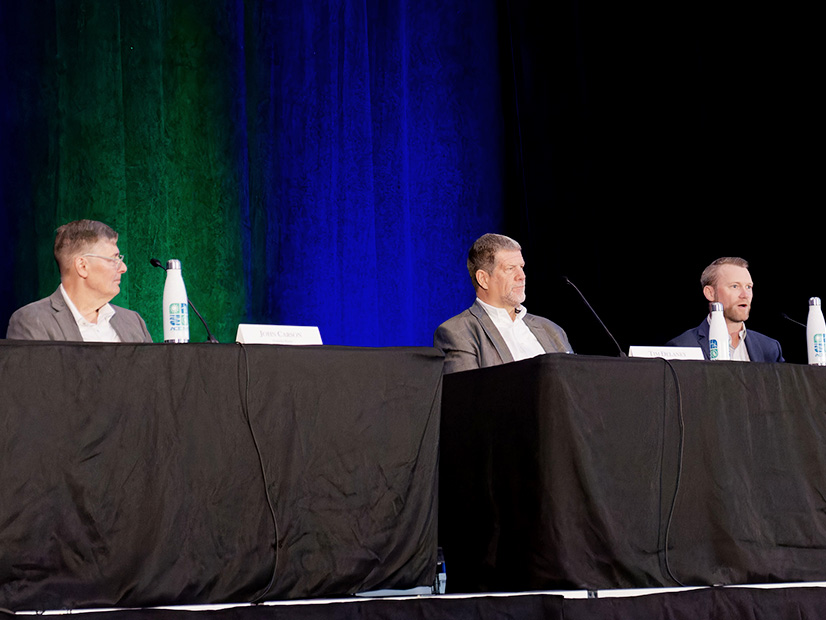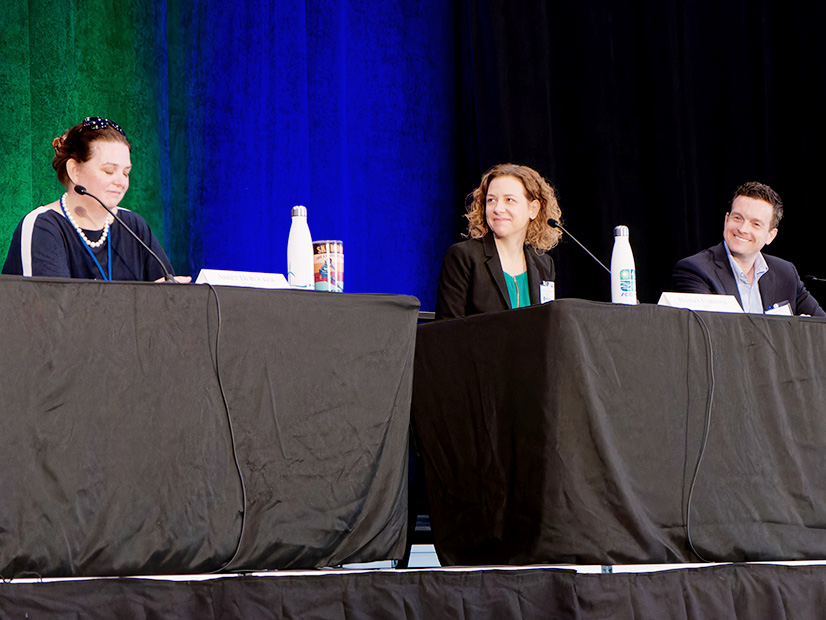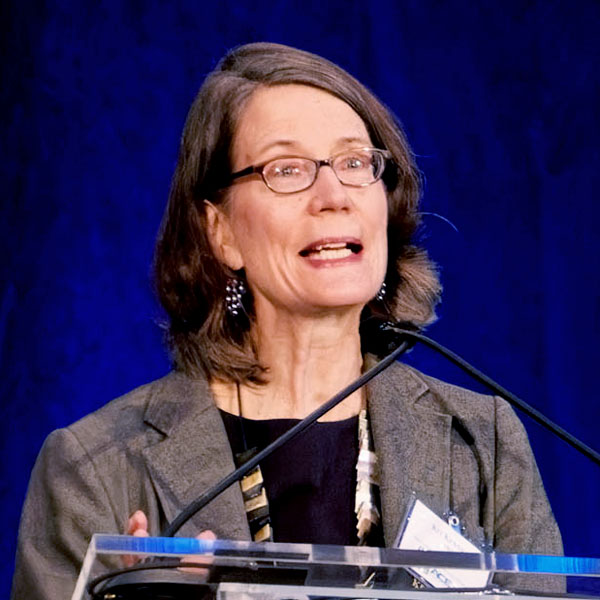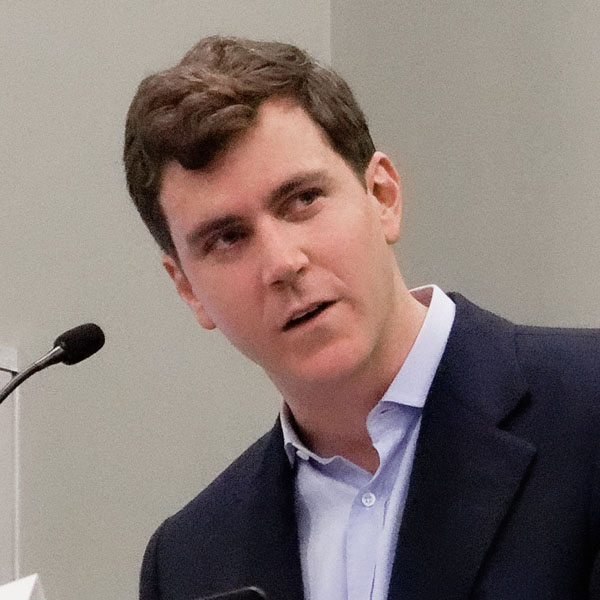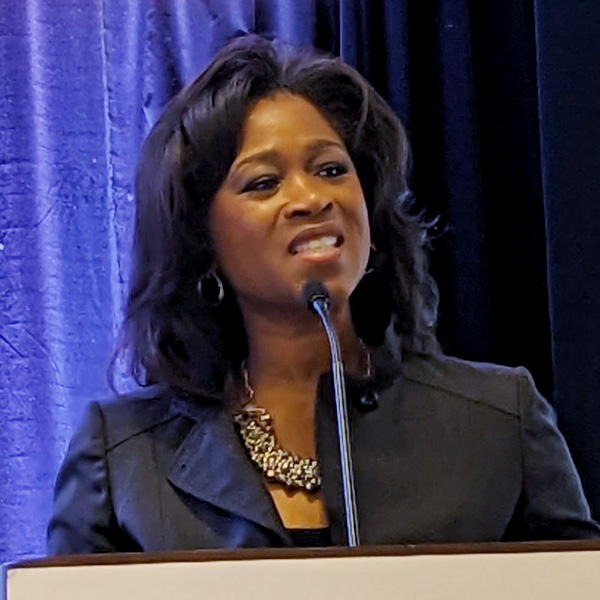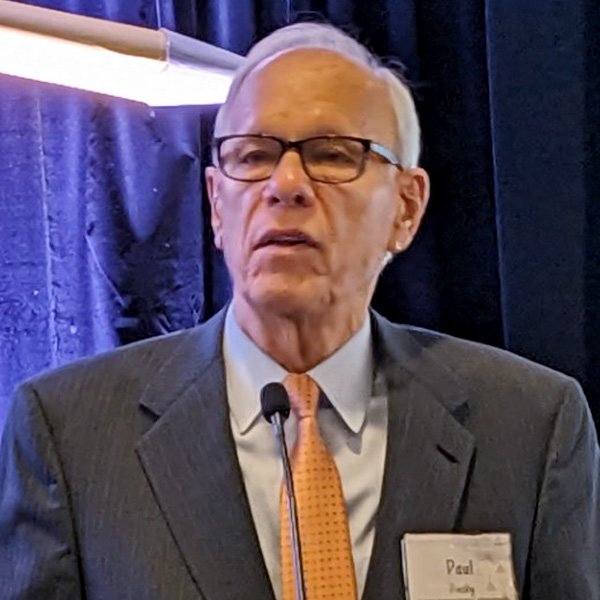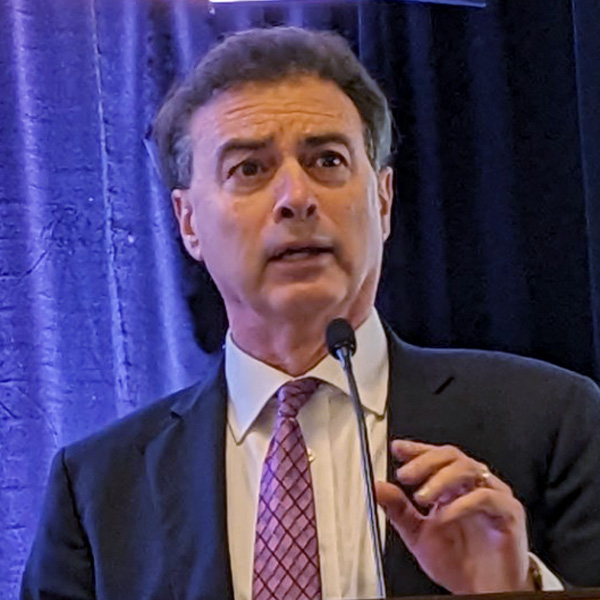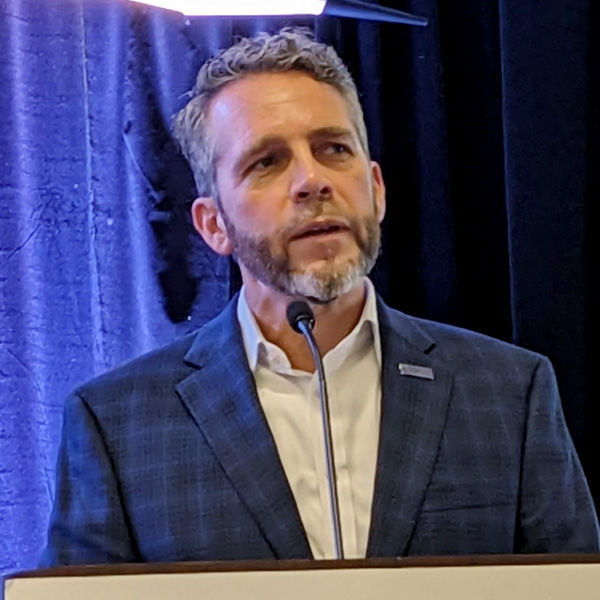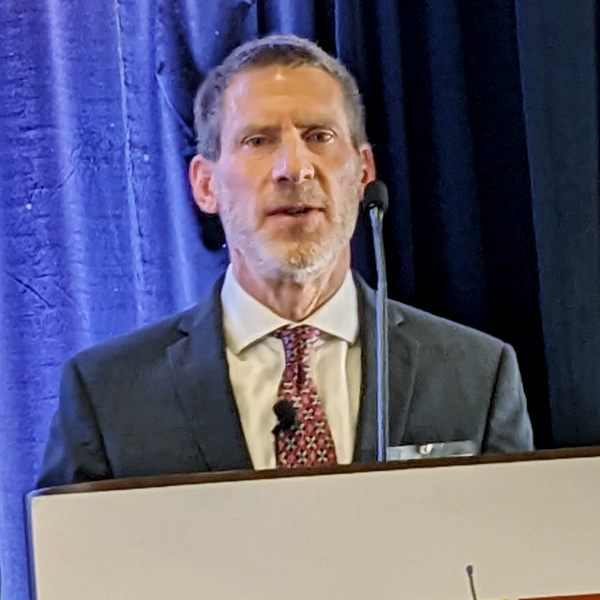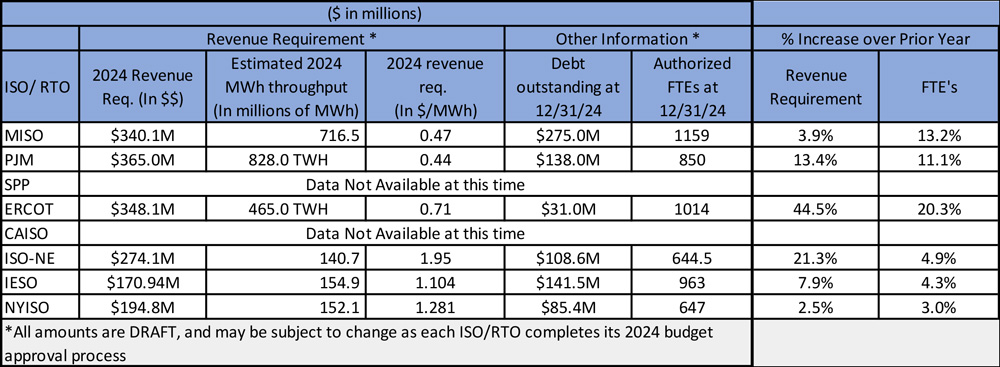ALBANY, N.Y. — Last week’s clean energy conference rounded out a very eventful October for the renewable industry in New York.
Developers, contractors and their advocates were still reeling from the state’s decision to not grant cost increases to 90 renewable projects totaling more than 12 GW — and still digesting the state’s announcement of 25 new projects totaling more than 6 GW.
Against this backdrop, the mood was restive as the Alliance for Clean Energy New York opened its annual fall conference in Albany on Oct. 25.
One speaker compared it to a roller coaster ride, but with none of the thrills and all the scares.
“We know a lot of work is not starting in ’24,” CS Energy CEO Matthew Skidmore said.
The mood was markedly different a year earlier. The 2022 edition of the ACE NY conference opened days after New York voters approved a $4.2 billion environmental bond act.
“At this time last year, the IRA was still news, and great news, but inflation has continued to be a problem since then,” ACE NY Executive Director Anne Reynolds told NetZero Insider on Oct. 26.
She described the prevailing mood at this year’s event as “anxiety” — developers who have said they can’t start construction without more money must decide the least bad way to proceed now they’ve been denied that money.
There’s no expectation the spiraling cost of materials will ever return to pre-inflation levels, Reynolds said, but interest rates will come back down eventually. How soon a developer must make their next payment to NYISO or the New York State Energy Research and Development Authority may determine whether they’re willing to wait for lower interest rates.
NYSERDA is a lead agency in the state’s clean energy transition, and its president, Doreen Harris, delivered a keynote at the conference.
Speaking to industry managers and leaders, Harris offered a more nuanced message than state leaders typically deliver to the public.
“I know the last months and indeed, for some of us, years have been extraordinarily challenging,” Harris said. “I believe our industry will rebound quickly from these challenges.”
Turbulent Times
Rising costs and limited supplies of materials, rising interest rates, regulatory delays and interconnection constraints are problematic for renewable developers everywhere, particularly in the offshore wind sector.
But New York has had a particularly rough October.
In June, developers who had secured state contracts for 90 projects in earlier solicitations said they might not be able to proceed to construction without more money. They petitioned for some form of relief, such as through the inflation adjustment mechanisms offered in more recent solicitations.
The Public Service Commission rejected the request Oct. 12, putting much of the state’s renewable project pipeline at risk of cancellation.
A week later, Gov. Kathy Hochul (D) vetoed a bill that would have allowed the proposed Empire Wind offshore wind farm to run a high-voltage cable under a city park. The cable has sparked resident pushback in the seaside city where it would be located, and Hochul said renewable developers must cultivate local support rather than seek legislative permission to do an end run around local opposition.
In some ways, the veto was just as worrisome to conference attendees as the PSC rejecting the cost adjustments — there are NIMBYs everywhere, and the veto may set a precedent giving them even more control over large-scale renewable development than they already have under the state’s home-rule laws.
In addition, the hydrogen hub proposed by New York and six other states was not among those tentatively chosen for up to $7 billion in federal support.
All of this complicates New York’s progress toward a looming milestone in its landmark 2019 Climate Leadership and Community Protection Act — 70% renewable energy by 2030.
Against this backdrop, Hochul in late October has made a series of announcements to emphasize the state’s commitment to clean energy development: a 10-point action plan to expand the renewables industry, contracts for 25 new renewable projects totaling 6.4 GW and an expedited process for the next onshore and offshore renewable solicitations, which will be open to rebids by the 90 previously contracted projects, should they opt to cancel their existing contracts.
The nation’s first offshore wind turbine nacelle and blade factories are part of the package, and the overall economic impact is estimated in the $20 billion range.
All of this has a nice ring — but most of the 10 points already were in place, the 25 new contracts still must be negotiated and the economics of rebidding up to 90 older projects are unclear.
Also, the full $20 billion does not materialize unless everything falls into place in sequence.
Then there is the regulatory structure in New York, which is known as a slow and expensive state in which to carry out large-scale renewable development.
Some panel discussions at the conference became forums on this, with developers complaining and state regulatory employees explaining or even apologizing.
Gripes
Ben Brazell, director of environmental services at EDR, said now that the state Office of Renewable Energy Siting is more than two years old, it’s time for it and the industry to devise a more efficient protocol.
“It was mentioned this morning that the goal was to have one [notice of incomplete application] issued and move forward,” he said. “I’d like to push the envelope a little bit and have none. Other jurisdictions, other siting boards that have similar responsibilities do that, and do it frequently. … The culture can’t be, submit an application, assume it’s deficient and then move forward.”
VC Renewables Senior Vice President Wendy DeWolf said there needs to be more nuance at the regulatory level.
Every tree has value, she said, but so does the project that would be sited where those trees once stood. The impact on the site and its immediate neighborhood needs to be balanced against the climate benefits over the horizon.
“There’s no such thing as a perfect site,” DeWolf said.
“One of the main questions I get when I engage with community members is, why here? It often comes down to, this is the place that I felt that, given all the data analysis that we have, the interconnection is going to work and where I can permit this project.
“You’re never going to find a site that doesn’t have some environmental impact.”
Wesson Group President Tim Delaney said the pressures affect him as a construction contractor differently than they affect developers. But they’re rooted in the long wait for shovels to hit the ground after a project wins a state contract.
“When they bid a job as a developer it takes NYSERDA six to nine months, sometimes a year, to make an award,” he said. “Then you’ve got a year-plus in permitting and regulatory — if you’re lucky. So now your estimate of cost is two years old. And then in addition you start adding in the other legislative and [environmental regulatory] changes. It just makes it really hard.”
He cited as an example a new specification for the gravel used to build temporary roads, which would raise the cost of building a 150-MW wind farm by $3 million to $4 million.
The potential delay or cancelation of the 90 projects would be a new level of hurt.
“We probably had a half-billion dollars’ worth of work in the pipeline that essentially went to significantly less than that,” Delaney said.
Responses
Representatives of ORES and NYSERDA offered some impressive statistics: ORES has permitted 14 major projects — more in the two years the office has existed than in the preceding 10 years — and awarded those 14 permits just eight months after application, on average. NYSERDA has awarded 114 contracts in six solicitations since 2017.
But only one of the ORES projects has started construction, its pre-application process can take much longer than eight months, and it’s a new agency that has had to gain experience and build staff.
Meanwhile, only 26 of the NYSERDA projects have reached commercial operation; 88 are still in development.
ORES Deputy Counsel Hayley Carlock acknowledged criticism that the preapplication review process has become a pinch point in an agency created to eliminate pinch points.
“We agree. We also see that the completeness process is an area where we can improve. And we are striving to do that every day.”
In defense of ORES, some applications come in with glaring omissions, Carlock said. Developers should take the pre-application process more seriously, she said.
“The office is not here to put up walls and slow down projects … [but] it’s a fair critique and one we’re working hard to address.”
NYSERDA Director of Large-Scale Renewables Abbey DeRocker said the authority has attempted to expedite the process. One example is the Build-Ready program created in 2019, under which NYSERDA advances a project through the planning and review stages before requesting proposals to build it.
“The intent is to have difficult sites that could have more risks than typical sites build-ready for private renewable energy developers to construct and operate,” she said.
Initial applications are due in early December for NYSERDA’s first such project, which would be a 12-MW solar farm on a tailings pile at a defunct iron mine. Formal proposals will be due in March, and NYSERDA hopes to select a developer by mid-2024.
This timeframe — five years from launch of the program to its first potential contract — is not unusual. Much of the landmark CLCPA still is being hashed out more than four years after it was signed into law. Some projects can take a decade or longer to progress from site selection to commercial operation.
This is what may derail the 90 at-risk projects: Their revenue was locked in long before their cost of construction.
DeRocker acknowledged the potential for complications when a project spends so much time in development.
“A lot can change over that time period,” she said. “And we have the changing landscape of state priorities at the same time. For those of you who have been around since 2017, you’ve noticed we’ve never run the same solicitation twice. Some of that is because we’re trying to effectuate policy changes. … we’re learning as we go along.”
Zachary Smith, vice president of systems and resource planning at NYISO, said the state’s grid operator is preparing a set of reforms under FERC Order 2023 that would greatly streamline the interconnection process, which has bogged down as the volume of applications rose.
In five years, the queue has grown from 175 projects totaling 20 GW to more than 500 totaling 120 GW.
“In today’s process, admittedly, there is a lack of certainty,” Smith said.
“We are changing that. If FERC approves our reforms as we are proposing them … a major objective of mine is to provide certainty. You may not agree with the amount of time it is going to take, but we’re going to codify that in our procedures, and we’re going to stick to that.”
When Hochul announced the 6.4 GW of new renewable contracts earlier in the week, she struck a celebratory tone and made only oblique references to the 12 GW of existing contracts that recently had fallen into danger of cancellation. But she was speaking to the general public at an appreciative gathering of dignitaries supportive of the new projects.
Given the audience at the ACE NY conference, Harris could not do the same in her keynote. She acknowledged the setbacks and commiserated with the audience.
But she also segued into a pep talk, sounding like a football coach trying to rally the team back onto the field after getting mauled in the first half.
“The phoenix is rising here,” Harris said. “It is rising because of each of you … I want to take a moment to reaffirm the incredible contributions of everyone in this room today.”
“Who will the historians be writing about? What courageous visionaries in this room will be shaping that next chapter?” she asked. “They won’t be writing about the ones who decide to pull up stakes and move to the next market, where the grass may appear greener.”
When she finished, Harris left briskly through a rear exit rather than wading through the crowd she had just tried to rally.
Moving Forward
The 460-plus attendees at the ACE NY conference have a wide range of perspectives and roles in the clean energy transition — developer, builder, regulator, facilitator, advocate.
What they almost certainly have in common is a desire for the transition to continue and to succeed, if not for the sake of the planet, then for the sake of their bottom lines.
It’s hardly the first challenge they’ve faced, Reynolds reminded the crowd, and they’ve overcome many setbacks.
NRDC Climate and Clean Energy Program Director Kit Kennedy said New York needs to maintain its momentum, not just for its own benefit but because it’s a leader influential beyond regional and even national borders.
“There’s no sugarcoating the impact of some of New York state’s recent decisions,” she said. “This was a setback — if these projects or even some of these projects are canceled, New York will be regressing rather than progressing toward its 2030 goals.
“We need a continued and unremitting commitment to the successful projects, getting steel in the ground, building the transmission lines we need, and continuing grid investments.”
Cordelio Power CEO John Carson said his board asked if he thought New York was still a viable market. He does, but “it’s going to require a lot of patience.”
Some see the 70% by 2030 goal as aspirational, he added, but he still finds it inspirational.
“We’ve had a terrible bump in the road. I believe we’re going to get back on our feet. So, I’m saying we’re still doing business in New York.”
Delaney said: “We’re certainly still bullish. We live here, we work here during the season. … This industry has been really cyclical since its inception.”
Whatever their frustration with New York’s execution of the clean energy transition, no one faulted its intentions: “Just the fact that we have an Office of Renewable Energy Siting is reflective of what’s going well in New York state,” DeWolf said.
Hochul’s deputy secretary of energy and environment, John O’Leary, urged attendees to step back from the nettlesome details and remember the larger picture — the “why” of the energy transition.
“The work that everyone in this room is doing is making a livable planet possible. … I know it’s a difficult time and I’m hoping that this week marks the beginning of a new chapter.”
